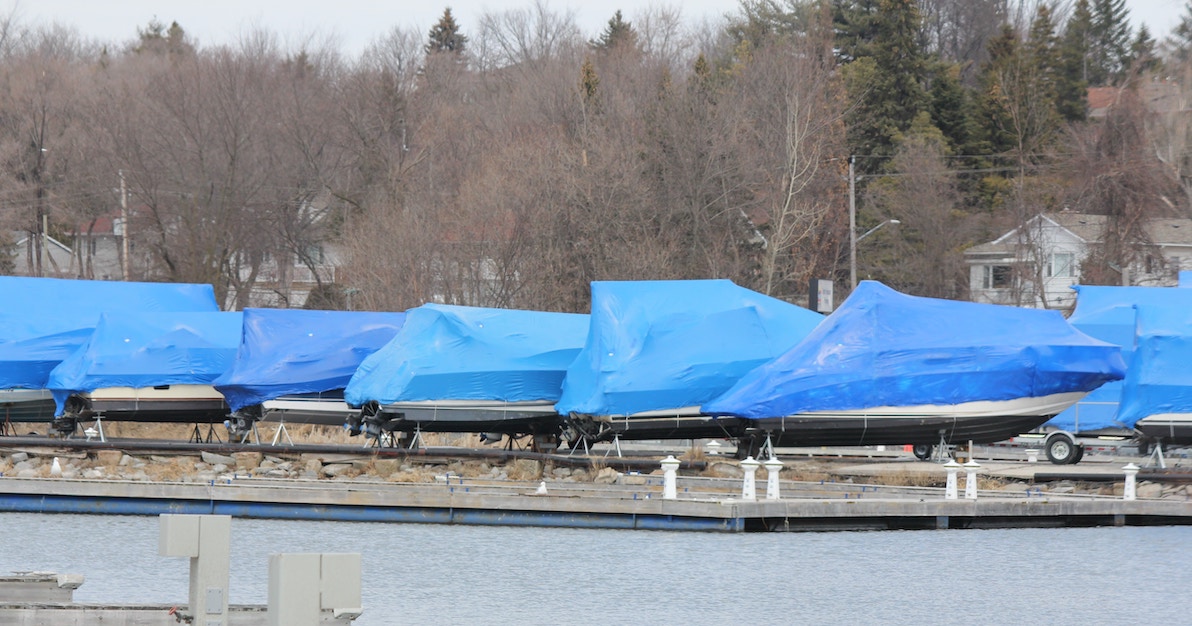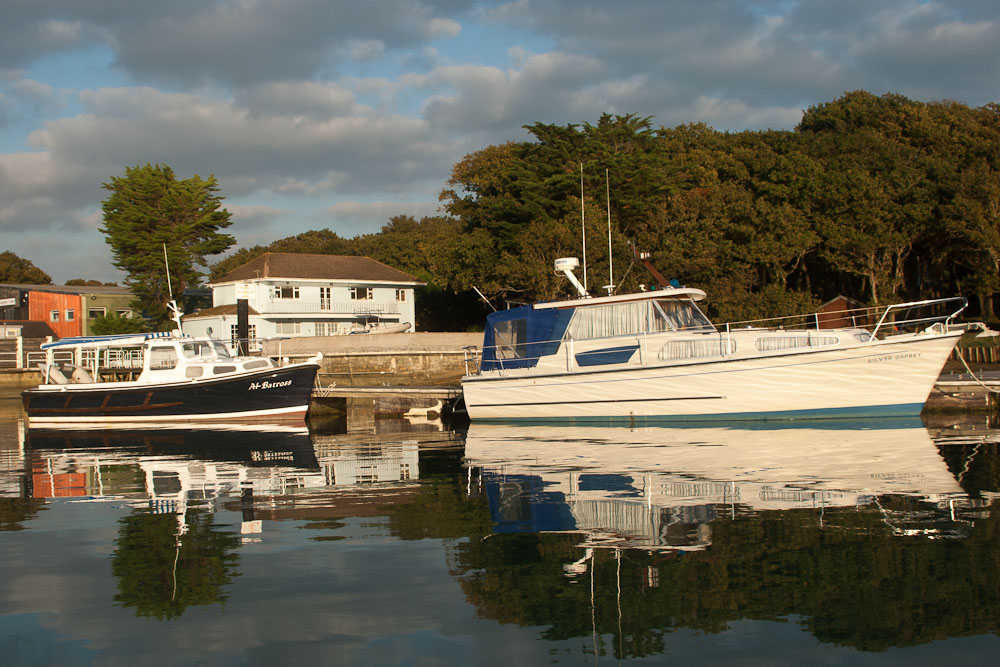So much has been written about the multitude of things you should do to layup a boat for the winter that it can seem daunting if you’ve never done it before. So we’ve put together a simple list of five tips to remind you of the most important tasks.
Remember that hours spent now to make sure everything is properly stored and cared for when not in use over the colder months could save you significant time and money further down the line. Darks spots of mould caused by lack of ventilation can be extremely tedious to scrub off, diesel bugs can cause fuel lines to block and your engine to fail, and batteries can be ruined by freezing temperatures – so put aside some time to prepare.
In our climate, the main aim of a winter layup is to mitigate against the effects of cold and damp. Whether you’re leaving your boat in the water or lifting her out, if you’re not going to use her for a prolonged period the key things to remember are:
As long as you have suitable storage space it’s best to clear as much off your boat as possible over the winter. Cushions and soft furnishings are particularly susceptible to damp and much better kept at home. If you do leave them on board, prop them up so air can properly circulate. Don’t forget to take home any valuables like chart plotters or handheld VHFs and batteries should also be removed to protect them from the cold unless being used to run a bilge pump.
This is also a good time to take off sails, oilies, lifejackets and safety equipment. Lifejackets can be checked, tested and cannisters replaced if necessary, while oilies are washed off and the dates of flares checked. Having a good clear out now will also make it much quicker to get everything spick and span with a good spring clean at the start of next season before you load it all back on.
Damp air trapped inside a boat for months will cause no end of problems. If you’re leaving your boat on a mooring or ashore without power it’s vital to prop open hatches or portholes to ensure air can circulate, without of course letting too much rainwater in the boat. Tempting as it is to batten down the hatches as firmly as possible, this will only lead to mould and mildew.
Scrubbing off mould and mildew is an extremely unpleasant way to start next season and not only does it look and smell bad it can also cause respiratory problems and allergic reactions. With this in mind, it could be worth investing in a moisture absorber or trap, such as DampTrap or Kontrol moisture trap, if you don’t have a power source for a dehumidifier.
These use chemical crystals to absorb water from the air and are relatively cheap but can only remove small amounts of water in comparison to a dehumidifier. A Kampar Damp Buster moisture drain costs around £15 and claims to be able to absorb up to 3.5litres of moisture and last up to four months.
Make sure there is as little moisture on the boat as possible by draining and drying out the bilges and checking there are no leaks. It can also be worth leaving closets and lockers open so air can circulate within them.
If you do have access to power, you can keep all the hatches sealed and install a dehumidifier and small heater. You can either opt for a compressor dehumidifier which operates in a similar way to a fridge, but can shut down in freezing conditions, or a desiccant model which thrives in cold temperatures but is less energy efficient.
So you don’t need to keep coming back to the boat to empty the dehumidifier, it’s best to set it on a countertop on ‘continuous drain’ mode with a hose running off into the sink. If you set it on a timer, it will help to keep your bills under control. Greenhouse heaters are another popular option to protect boats over the winter, and these can either be set on a timer or thermostatic switch so as not to run continuously and cost you a fortune.
As well as removing any water from your bilges, it’s best to empty your tanks and remove any water from the system. If you have a flexible water tank, this can be removed and taken home to be scrubbed or you may prefer to fill it with sterilizing fluid and leave it to stand for a while before draining, to give it a thorough clean. Heads should be pumped dry, taps and deck showers run to drain off any water in the system and don’t forget to empty any water heaters or calorifiers.
If you’re leaving your boat in the water, ensure all your seacocks are firmly closed and not leaking, while if it is coming out the seacocks should be left open. As well as draining off the water system, it’s also a good idea to check the gas is turned off and any remaining in the pipes burnt off.
Whether you store your boat ashore or afloat, it will need to be protected from the elements and a good cover fitted over the cockpit if possible. Remove items like sprayhoods and dodgers, sail covers and sails. If you’re leaving a furling headsail on, be sure it’s properly secured and tied up so it can’t flog itself free and cause damage.

If your boat is remaining on a mooring make sure you double up its lines so if one fails there is a security line in place. Carry out a thorough check for leaks and ensure you have a float-switch operated bilge pump in case any water comes in.
The basic steps to winterise your engine include changing the oil and filters, filling up your fuel to the maximum and putting in an anti-bug additive, and flushing out the raw-water cooling system. If you have a closed-circuit cooling system, this should be topped up with anti-freeze. Vaseline can also be smeared on the fuel filler cap thread, to help prevent any rain water getting into the fuel tank.
There are many other measures you can take to leave your engine in the best possible state for the next season, such as coating the engine with duck oil or an anti-corrosion spray after a good clean. Some like to leave a greenhouse heater running on a timer switch in the engine compartment to stave off damp air and corrosion.
Others recommend removing the salt water impeller and fitting a new one before the next season, as well as removing or relaxing the drive belts. If engine maintenance isn’t your thing, it can also be worth considering getting the engine professionally serviced in the quieter winter months, so it’s ready to go when the majority of people start to think about it at the beginning of spring.
While there are many more tasks you could also consider, like checking electrics, removing lights and washing and storing your lines, this list will hopefully give you a good idea of the basics. And finally, don’t forget to check your insurance cover as statistics show almost 40% of claims occur in the off-peak season.


